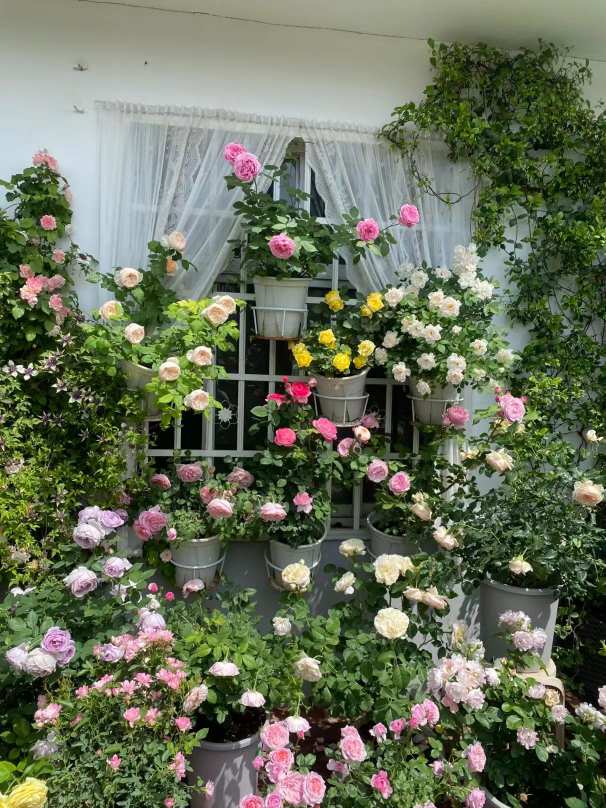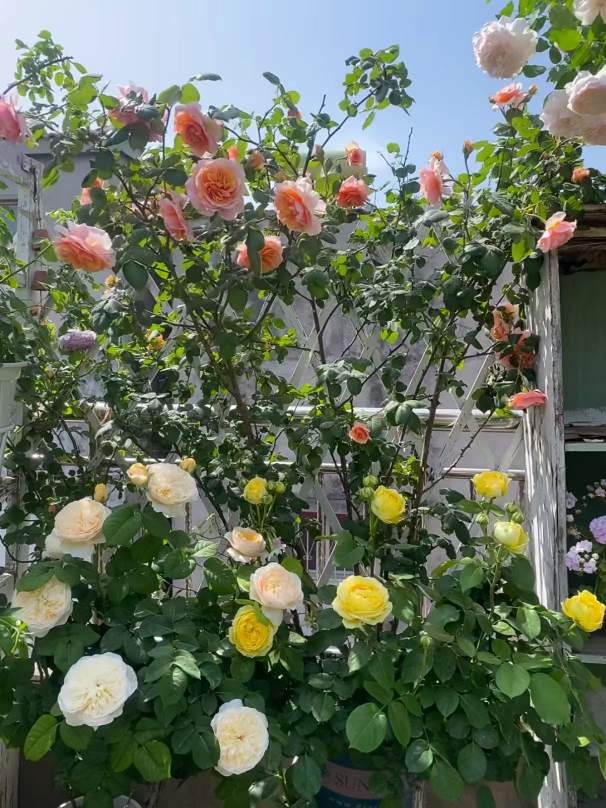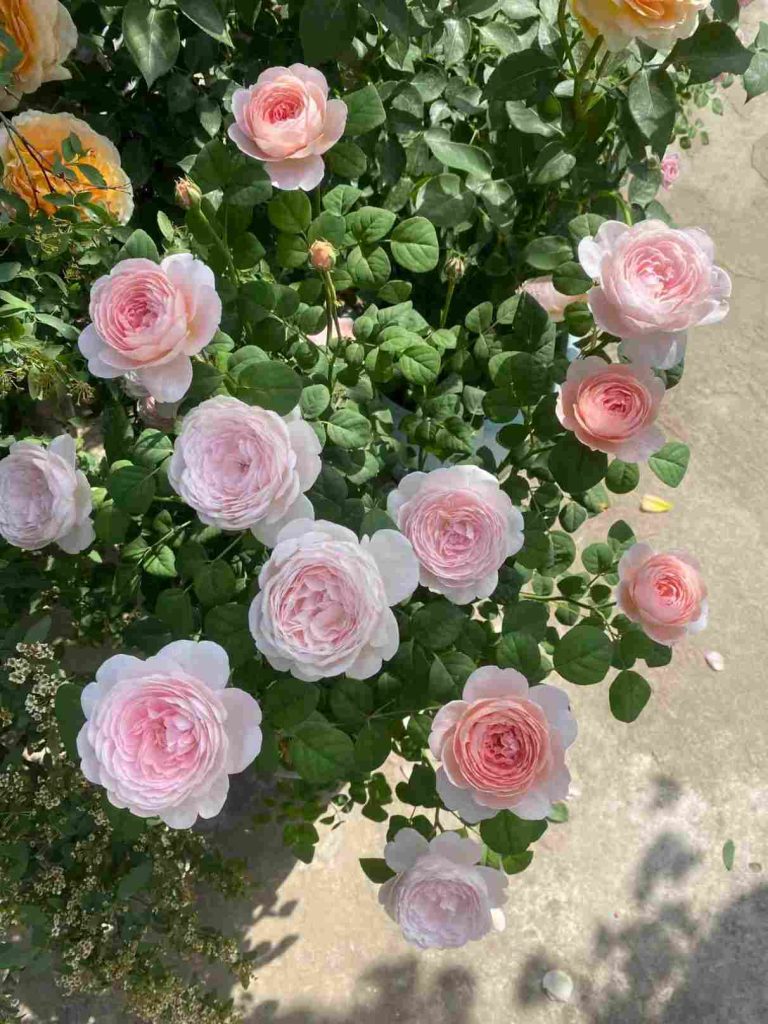Ultimate Rose Care Guide: How to Grow Healthy & Blooming Roses
Comprehensive Rose Care Guide for Beautiful Blooms
Are you looking to grow vibrant and healthy roses? Understanding proper rose care is essential. With the right techniques, your garden can be filled with stunning flowers throughout the season. Let’s dive into the key aspects of growing roses successfully.

1. Sunlight and Airflow
For roses to thrive, they need plenty of direct sunlight—at least 4 hours per day. Good air circulation is equally important to prevent diseases. Make sure your roses are planted in a sunny, well-ventilated spot.
2. Soil Mix
Using a loose and well-draining potting mix is crucial for rose care. You can either buy a ready-made mix or create your own. Here’s the recipe I use:
- Peat Moss : Coconut Coir : Perlite : (Well-rotted Sheep Manure + Slow-release Fertilizer)
- Ratio: 5 : 3 : 1 : 1
To improve moisture retention, I also add 1 part garden soil. This is especially helpful for my south-facing balcony, which gets over 10 hours of intense sunlight in summer. Depending on your local climate, adding garden soil is optional.

3. Choosing the Right Pot
Select pots with excellent drainage. Avoid non-porous materials like ceramic pots without drainage holes. I prefer using plastic pots with multiple drainage holes at the bottom.
4. Watering Routine
Proper watering is a vital part of rose care. Follow the “dry-wet cycle” rule: water thoroughly only when the top 3–4 cm of soil is dry. Overwatering can cause root rot, which is a common issue for beginners.
5. Fertilizing for Growth and Blooms
Roses are heavy feeders. To support healthy growth and abundant blooms, fertilize them regularly:
- During the leaf growth stage, use a balanced fertilizer like Peters 20-20-20 (1:1000 dilution) weekly.
- Once buds appear, switch to a bloom booster like Peters 15-30-15 or a potassium-rich fertilizer (1:800 dilution) every 3–4 days.
- After pruning, apply slow-release fertilizer around the base.
- In winter, don’t forget to add winter fertilizer—sheep manure combined with slow-release pellets.

6. Pest and Disease Management
Prevention is key in rose care. Here’s how to protect your plants:
- Aphids and thrips often attack new buds—spray with Thiamethoxam or Imidacloprid.
- Black spot and powdery mildew are common in humid or rainy summers. Apply Mancozeb or a general fungicide preventively.
- Spider mites can be controlled using a miticide like Dicofol.
By following these rose care practices, you’ll give your plants the best chance to flourish. We hope your garden becomes a paradise of roses!
Happy Gardening!

 How to Care for an Orchid: A Step-by-Step Guide for Beginners
How to Care for an Orchid: A Step-by-Step Guide for Beginners  Ultimate Dracaena Care Guide: Grow Your Dragon Tree Like a Pro!
Ultimate Dracaena Care Guide: Grow Your Dragon Tree Like a Pro!  Practical Peony Care Guide 2025
Practical Peony Care Guide 2025  How to Grow Roses Indoors: A Beginner’s Care Guide
How to Grow Roses Indoors: A Beginner’s Care Guide 